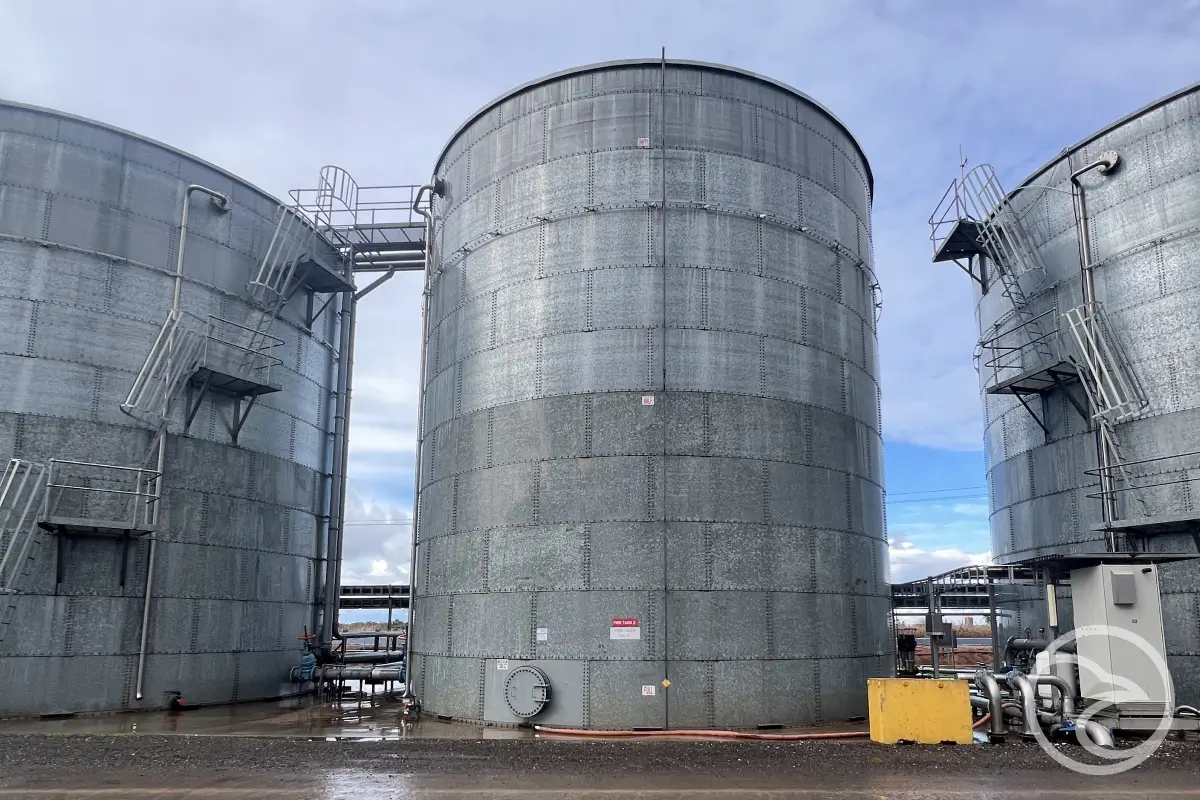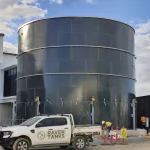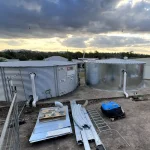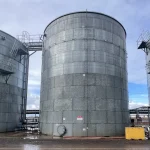Fire safety relies on having a dependable water source available during emergencies. Hydrant tanks Australia are designed to store large volumes of water exclusively for firefighting purposes. Meeting strict Australian Standards (AS2304, AS1851, AS2419.1), these tanks ensure that water is delivered with the right capacity and pressure when needed most.
In addition to tanks, many facilities also depend on fire water reservoirs to strengthen overall fire safety infrastructure. Together, they form an integrated water supply system for firefighting.
Compliance and Safety Standards
All fire water tanks must meet AS2304 requirements to guarantee performance during fire emergencies.
A properly designed system:
- Provides sufficient water storage for extended fire events.
- Connects seamlessly to sprinkler systems, pumps, and hydrant tanks.
- Meets insurance and legal obligations for both industrial and commercial facilities.
- Ensures long-term reliability with corrosion-resistant designs.
For large industrial or municipal projects, fire water reservoirs often complement tanks by offering higher capacities, sometimes holding millions of litres.
Key Benefits of Hydrant Tanks Australia
Investing in fire water tanks offers several clear advantages:
- Immediate access to firefighting water supplies.
- Durability and strength, with options in steel, concrete, or composites.
- Scalable design, suitable for small buildings or vast industrial sites.
- Compliance-ready, meeting both Australian Standards and local authority requirements.
When combined with hydrant tanks, fire tanks provide a layered safety approach that ensures uninterrupted water availability during emergencies.
Applications Across Industries
Fire water tanks are used in multiple sectors, including:
- Industrial plants (oil, gas, mining, power generation).
- Commercial facilities (warehouses, retail centres, high-rises).
- Residential developments requiring hydrant access.
- Municipal infrastructure, where fire water reservoirs ensure community-level protection.
Hydrant tanks are particularly important for urban environments, allowing firefighters to connect quickly and draw water at the correct pressure.
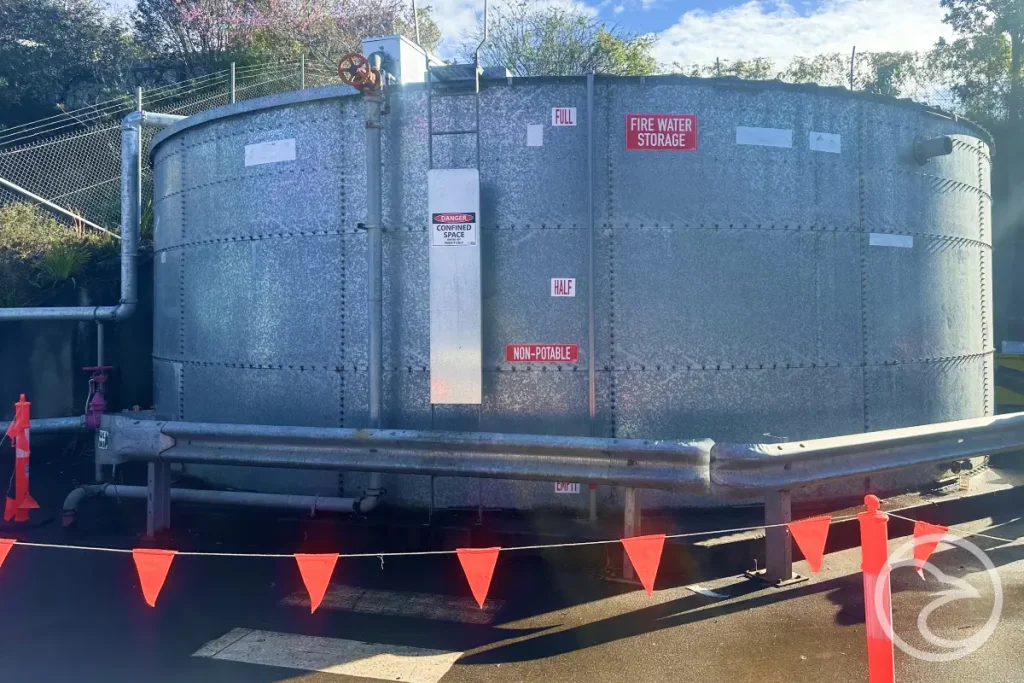
Modern Advancements in Fire Water Storage
Recent innovations have made fire water tanks more efficient and sustainable. Key advancements include:
- Smart monitoring technology for water levels and pump control.
- Corrosion-resistant coatings that extend service life.
- Rainwater harvesting systems integrated with fire reservoirs.
- Prefabricated modular hydrant tanks for quick deployment.
By integrating hydrant tanks, facilities can achieve redundancy and compliance with evolving fire safety standards.
Conclusion
Fire water tanks remain the backbone of fire safety infrastructure. Supported by fire water reservoirs for large-scale storage and hydrant tanks for quick firefighter access, they form a complete system for protecting lives, assets, and industries.
Investing in high-quality fire water storage is not only about regulatory compliance — it is a proactive step toward long-term resilience and community safety.
